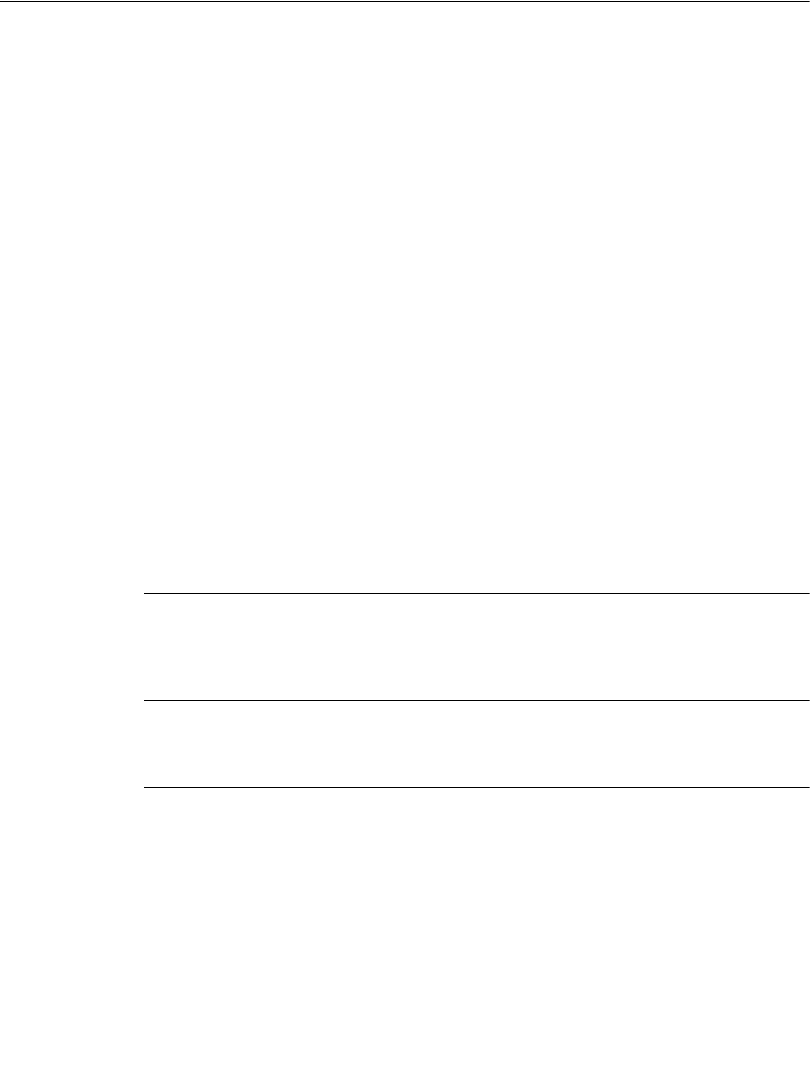
Working with Objects 7-25
Selecting Objects
You must select an object in the Editor window before you can move, resize, copy,
or edit it. (See Selecting in the Editor window on page 4-7 for detailed information
about selecting text objects using the touch screen, the keyboard, or the mouse.)
In brief:
You can tell an object is selected when a bounding box, which is a gray rectangle
that encloses the object, appears on the screen. The bounding box has small
squares, called selection markers, at the corners and midpoints of the sides.
Note: Depending on the resolution of your machine and the features it contains,
the sides of the bounding box may be dim or may not be visible at all. But
the selection markers will always display to indicate that an object has
been selected.
If you select more than one object, the bounding box expands to enclose all the
objects. See Figure 4-3 on page 4-8 for an example that shows a bounding box.
Hint! The ‘click’ you hear when you touch the screen indicates only that you
have touched the screen with enough force for the system to recognize the
touch. The click does not necessarily indicate that you have successfully
selected an object on the screen.
A second ‘button activated’ cue sounds when you have successfully
activated a button or control on the touch screen. The ‘button activated’
sound applies to the Command buttons and the Up and Down Scroll
buttons. The ‘button activated’ sound does not apply to the OK and X
To: Do this:
Select an object Touch the object
Select a different object Touch another object. The new object is
selected.
Select multiple objects Touch each object while holding down the
Shift key.
Select no objects or deselect
the object selected
Touch the label background where there
are no objects. All objects will be
deselected.
